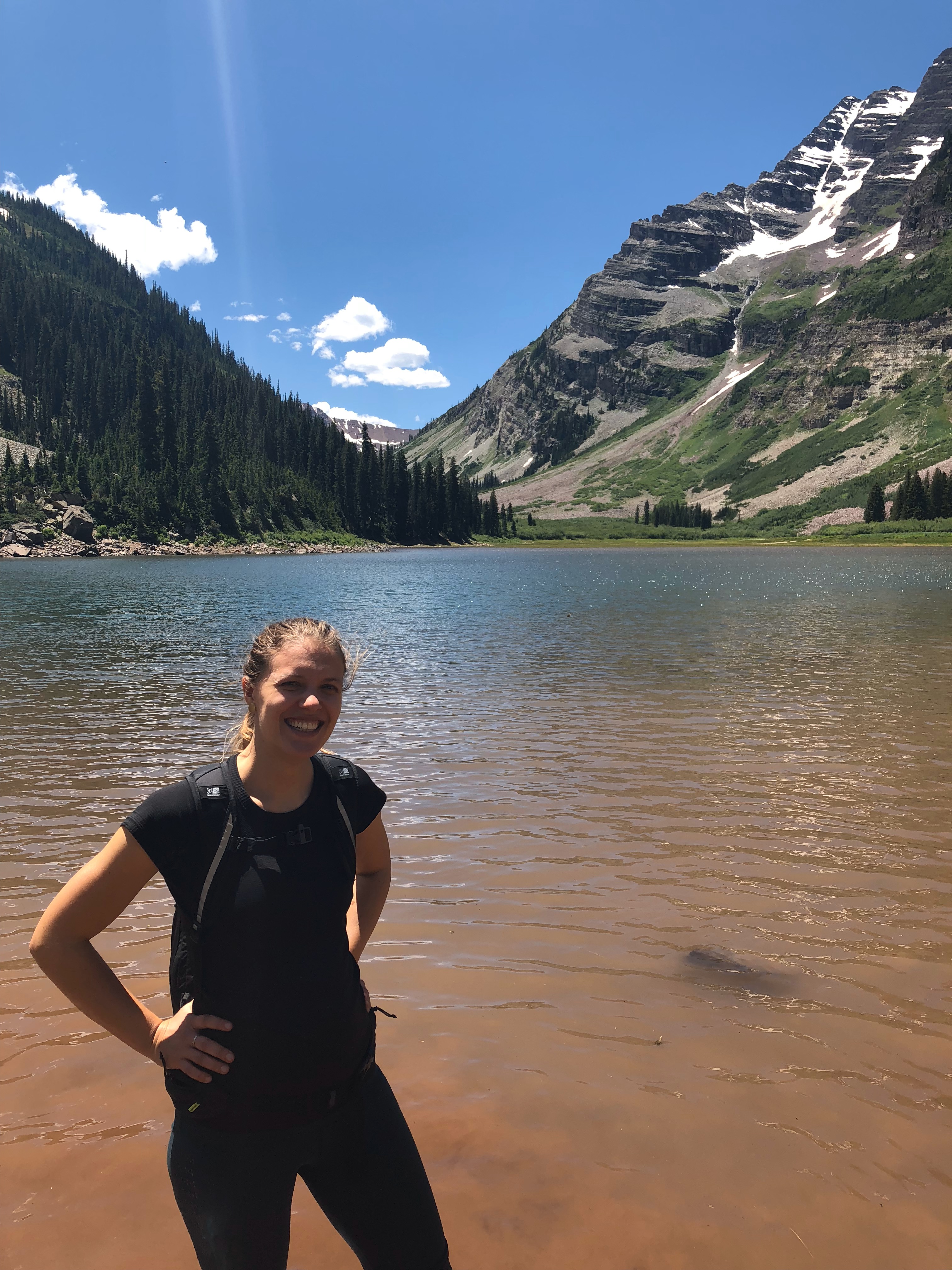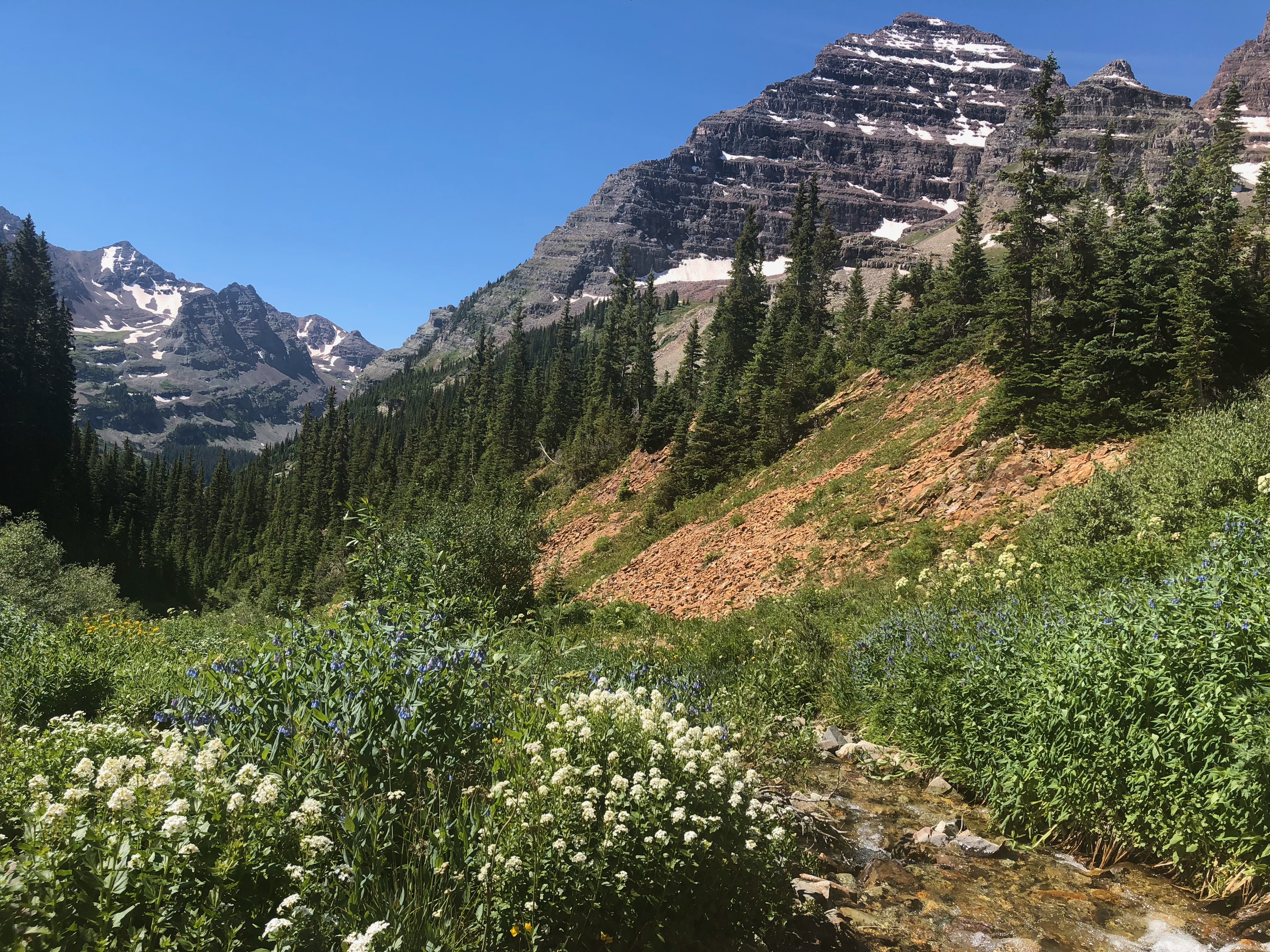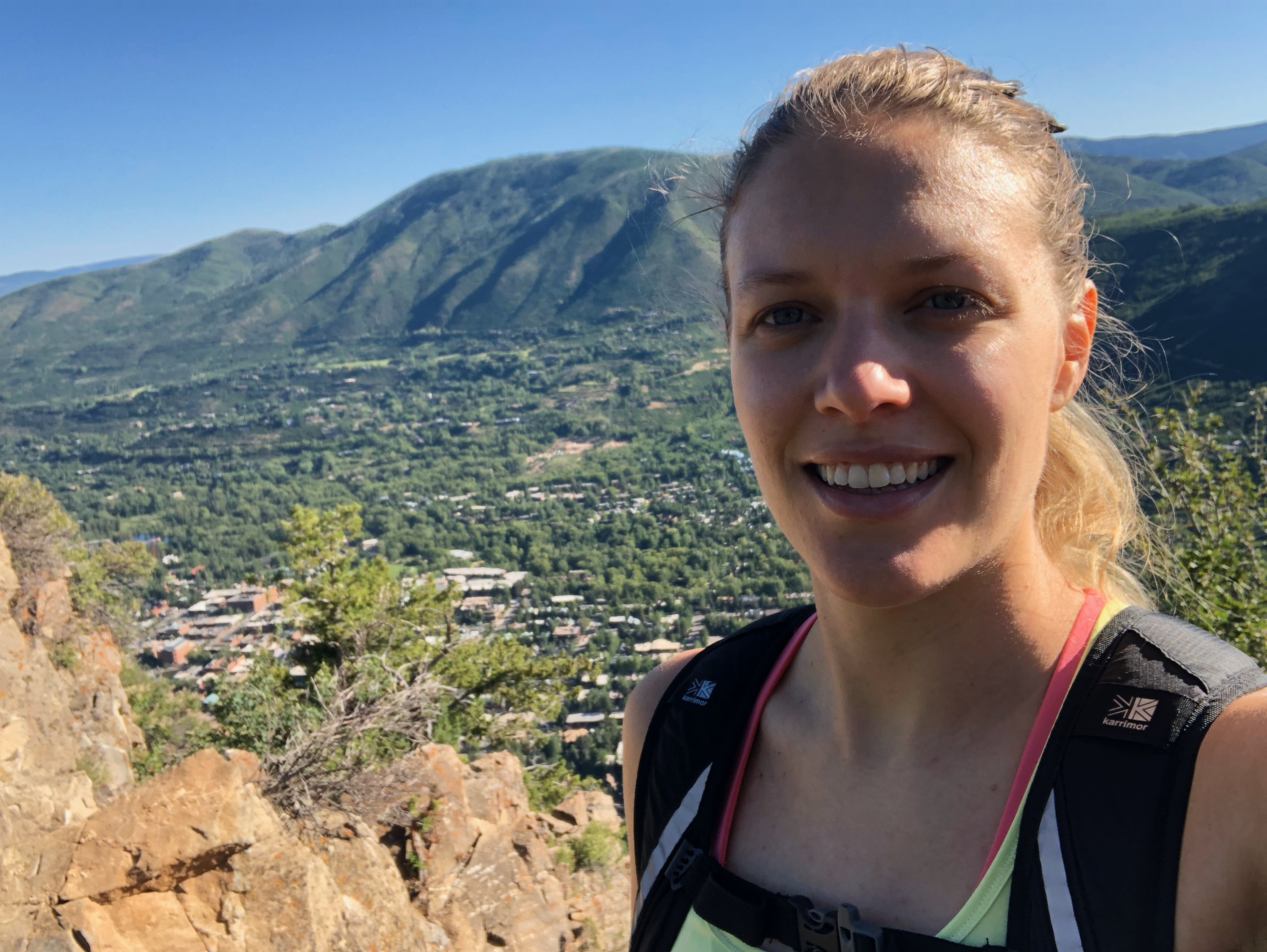ABOUT ME
I am a cosmologist working as a Senior Lecturer at the Jodrell-Bank Centre for Astrophysics at the University of Manchester. I hold a UKRI Future Leader Fellowship round 5 since 2022 which funds my research and some of my group members. My group works mainly on large scale strutcture surveys with radio telescopes, with a lot of focus on data coming the South African MeerKAT telescope and the consequent SKA Observatory. Since 2023, I have been elected as a member of the Science and Engineering Advisory Committee to the SKAO representing the UK.
Until 2019, I was part of the Astrophysics group of the University of Melbourne as a Discovery Early Career Research Award Fellow funded by the Australian Research Council. Previously, I have been employed as a CAASTRO postdoctoral research associate in the group of Prof S. Wyithe. I did my PhD work at the University College London, graduating in 2014. I am originally from Munich, Germany, where I studied Physics, with my Master thesis supervised by Prof J. Weller.
My field of research is cosmology with radio observations, particularly using a technique called HI intensity mapping. I was the co-chair of the Square Kilometre Array Cosmology Science Working Group from 2018 - 2021 and I am currently co-chairing the HI intensity Mapping Focus Group within.
If you are interested in more details, here is a youtube link to a Colloquium I have given in 2022.I am passionate about making everyone feel welcome in science and astrophysics and have been part of diversity and inclusion committees and many initiatves on these topics. I have been speaker at multiple Girls in Physics events, both in the UK and Australia and find immense joy in bringing astrophysics and cosmology to a diverse audience.
I offer MPhys, MSc and PhD projects in Astrophysics at the University of Manchester, please contact me if you are interested in studying with me.
Contact me via laura.wolz AT manchester.ac.uk
Address: Alan Turing 3.121 - The University of Manchester, Oxford Rd, Manchester M13 9PL, UK
INTERESTS
All pictures on this page were taken at the 2018 Aspen summer conference on Perfect Pixels. Accurate Astrophysics. Correct Cosmology. The title of this conference reflects quite accurately my approach to research within HI intensity mapping. I aim to understand how imperfections, such as foreground residuals or beam systematics in the observational data from radio telescopes can impact our interpretations. I also research how the emission of HI gas depends on the underlying astrophysics of galaxy evolution. Finally, I set this into context on how cosmology analysis can be affected by these effects.

OUTREACH
I enjoy communicating our research outside specicalist audiences and I regularly give outreach lectures. Examples of recent outreach events include a science presentaton at BlueDot 2023, lecture and Q&A session for Conference for Undergraduate Women in Physics 2023, outreach lectures for the Institute of Physics 2023, Meet the Expert session at Jodrell Bank Discovery Centre in 2022, and a panel discussion at the Cheltenham Science festival 2021.
Below is a picture of me at the Discovery Centre at Jodrell Bank in front of the permanent display of myself talking about cosmology with the SKA.

